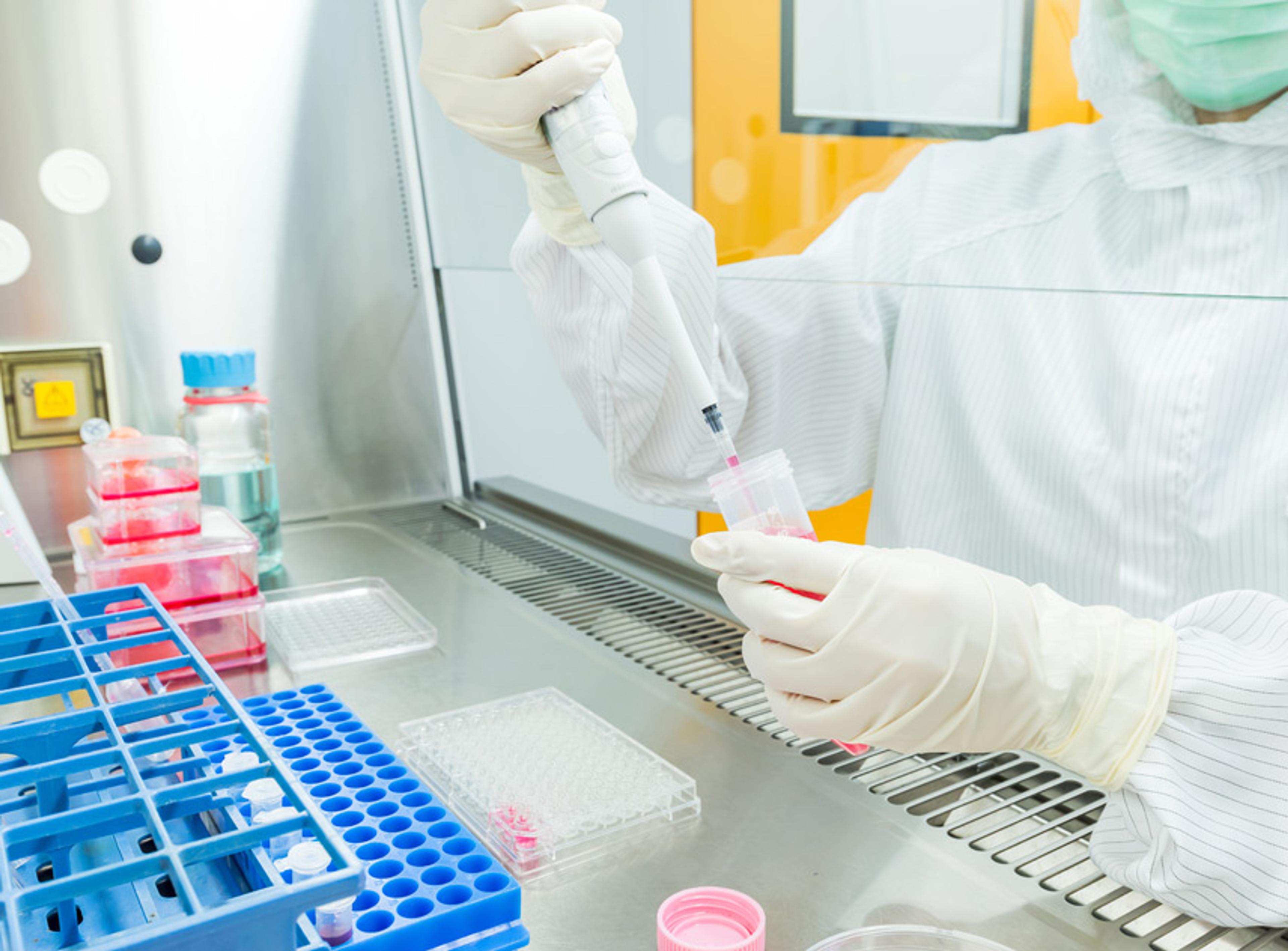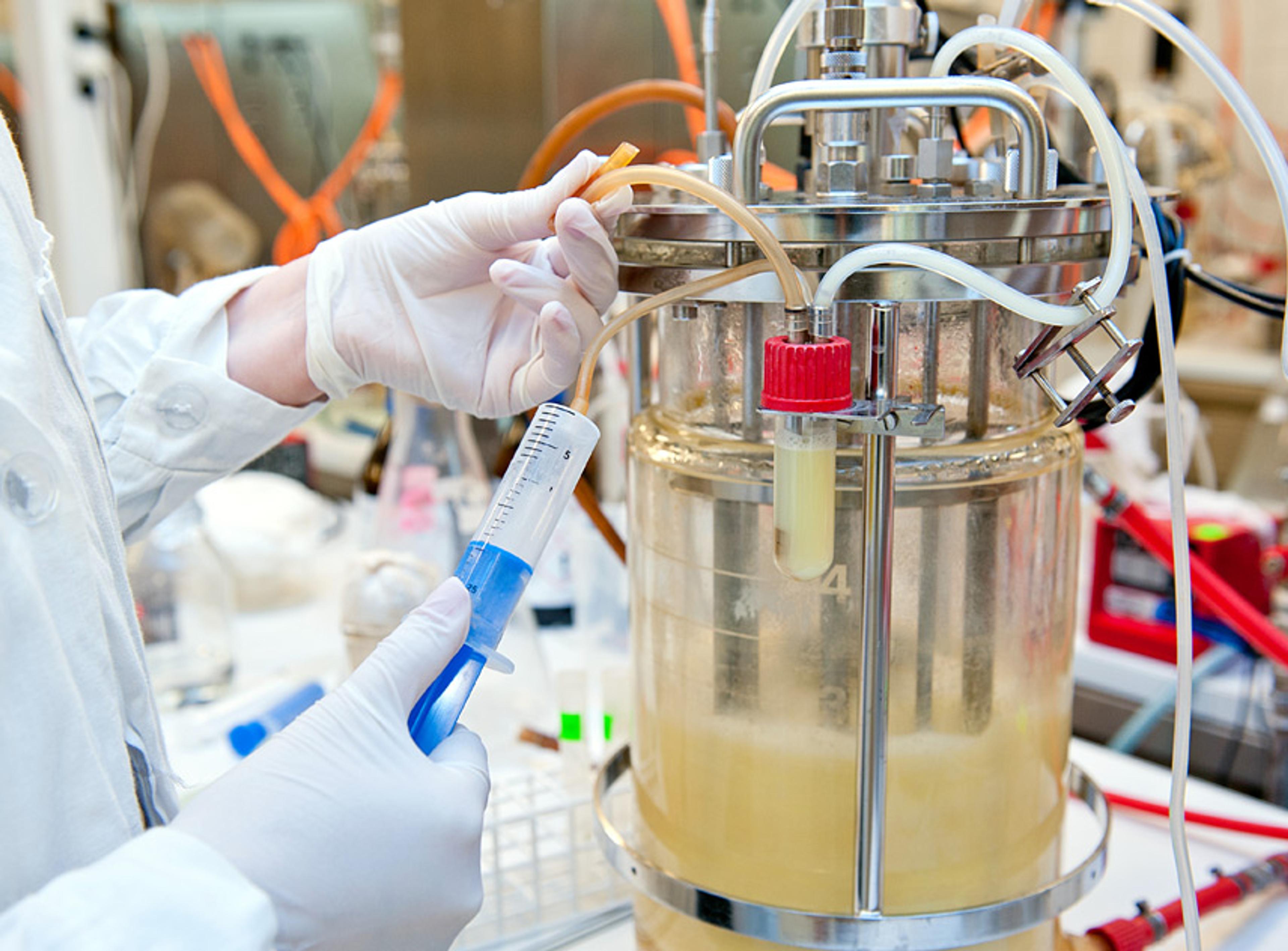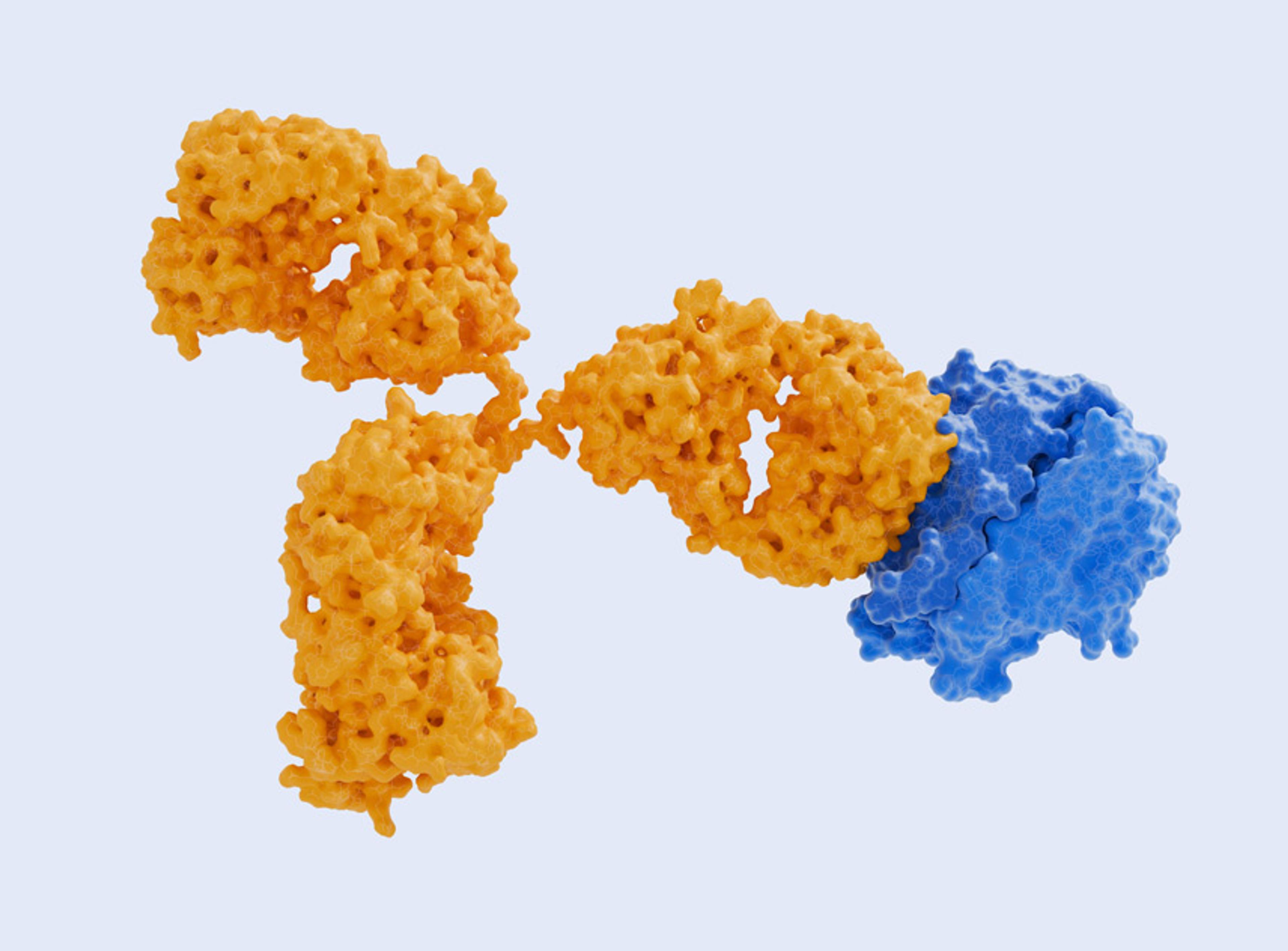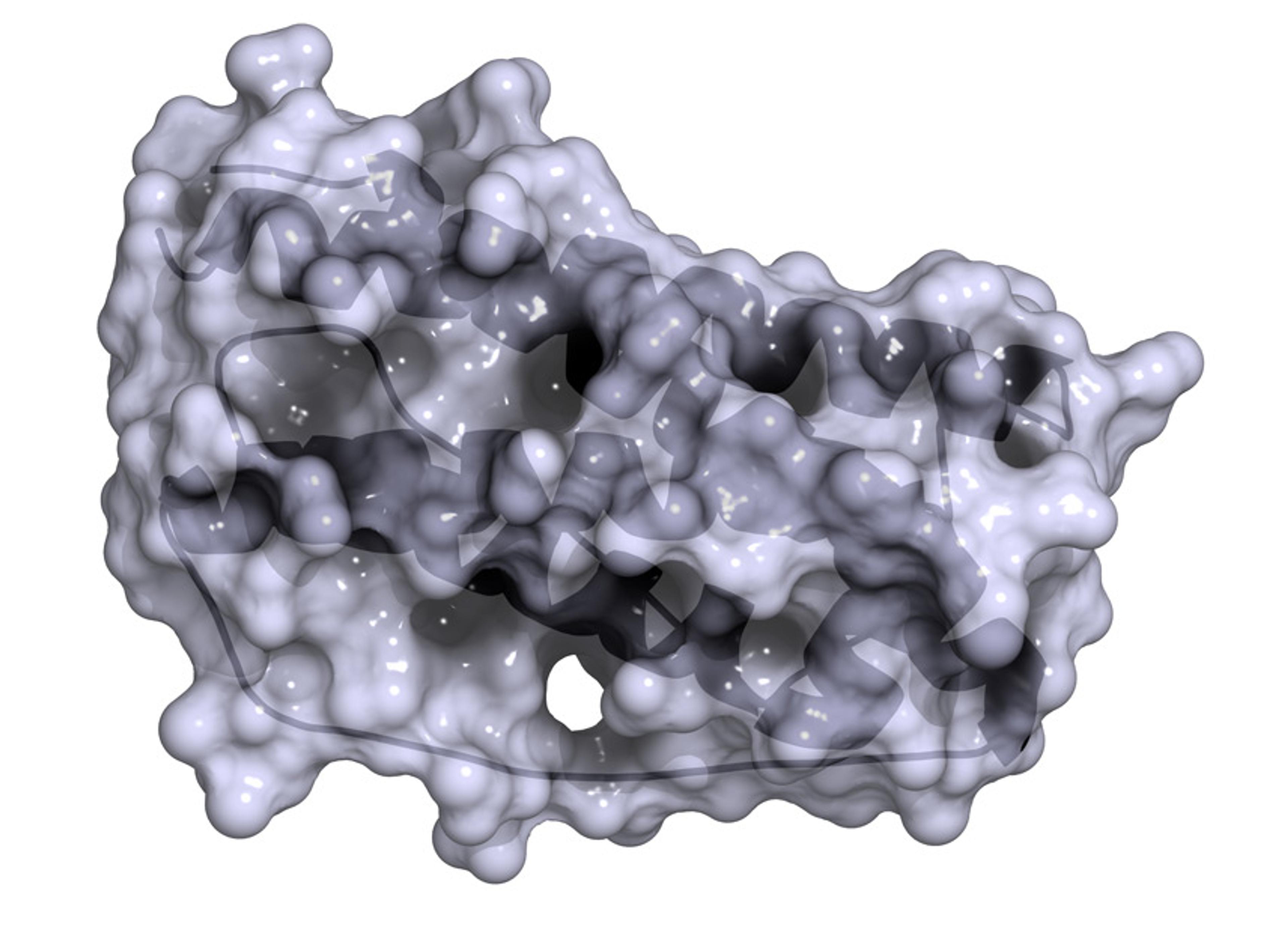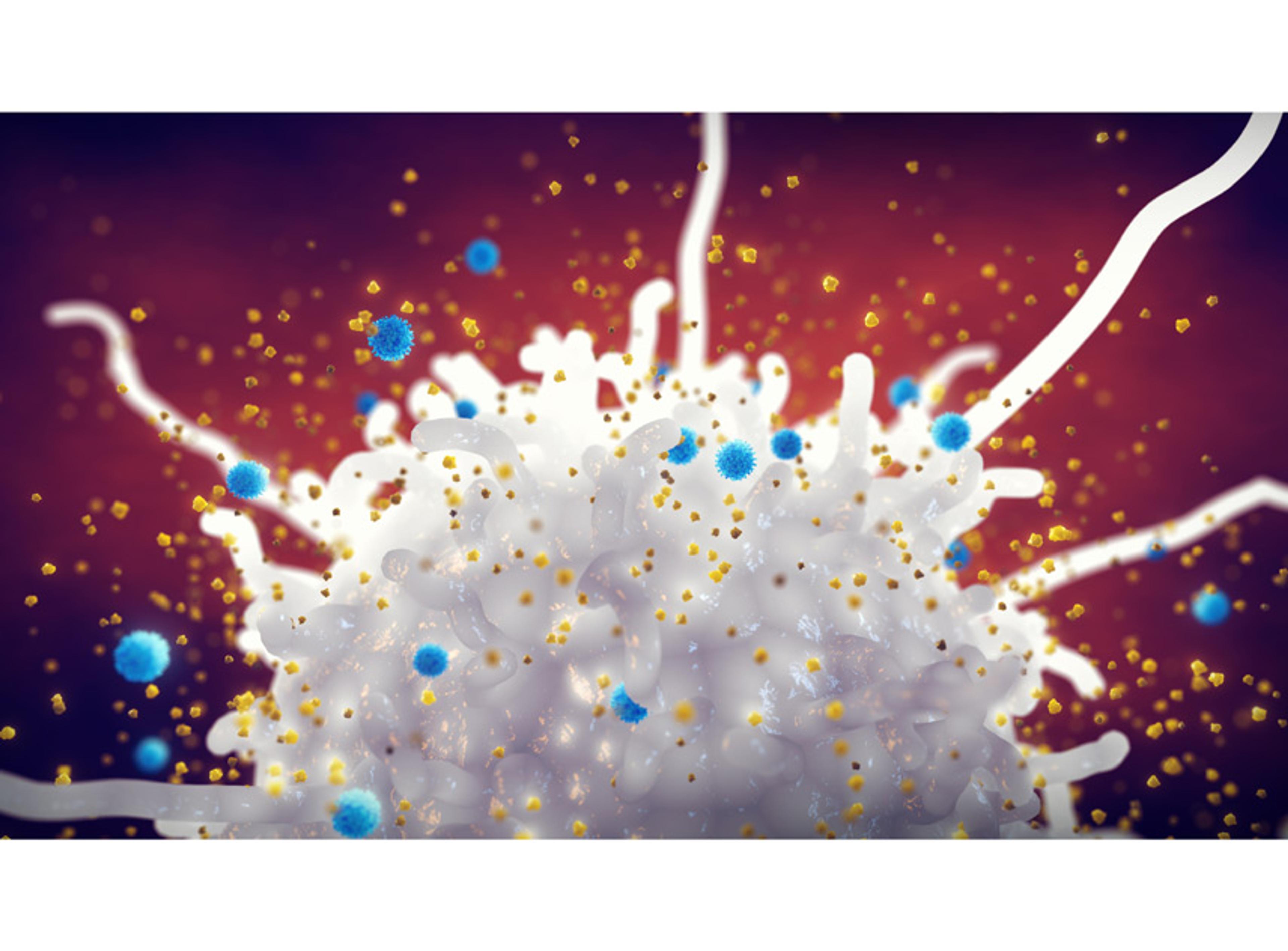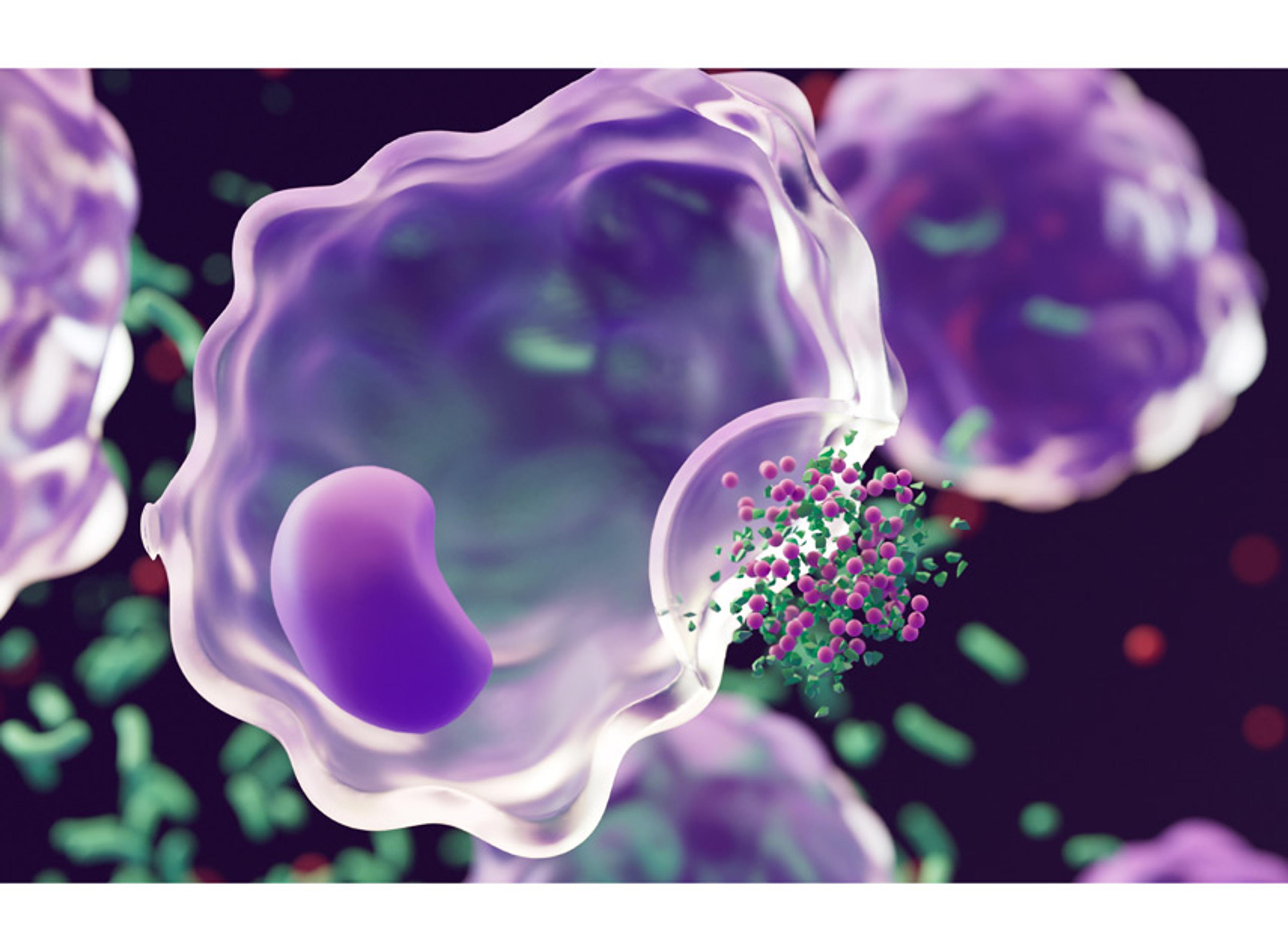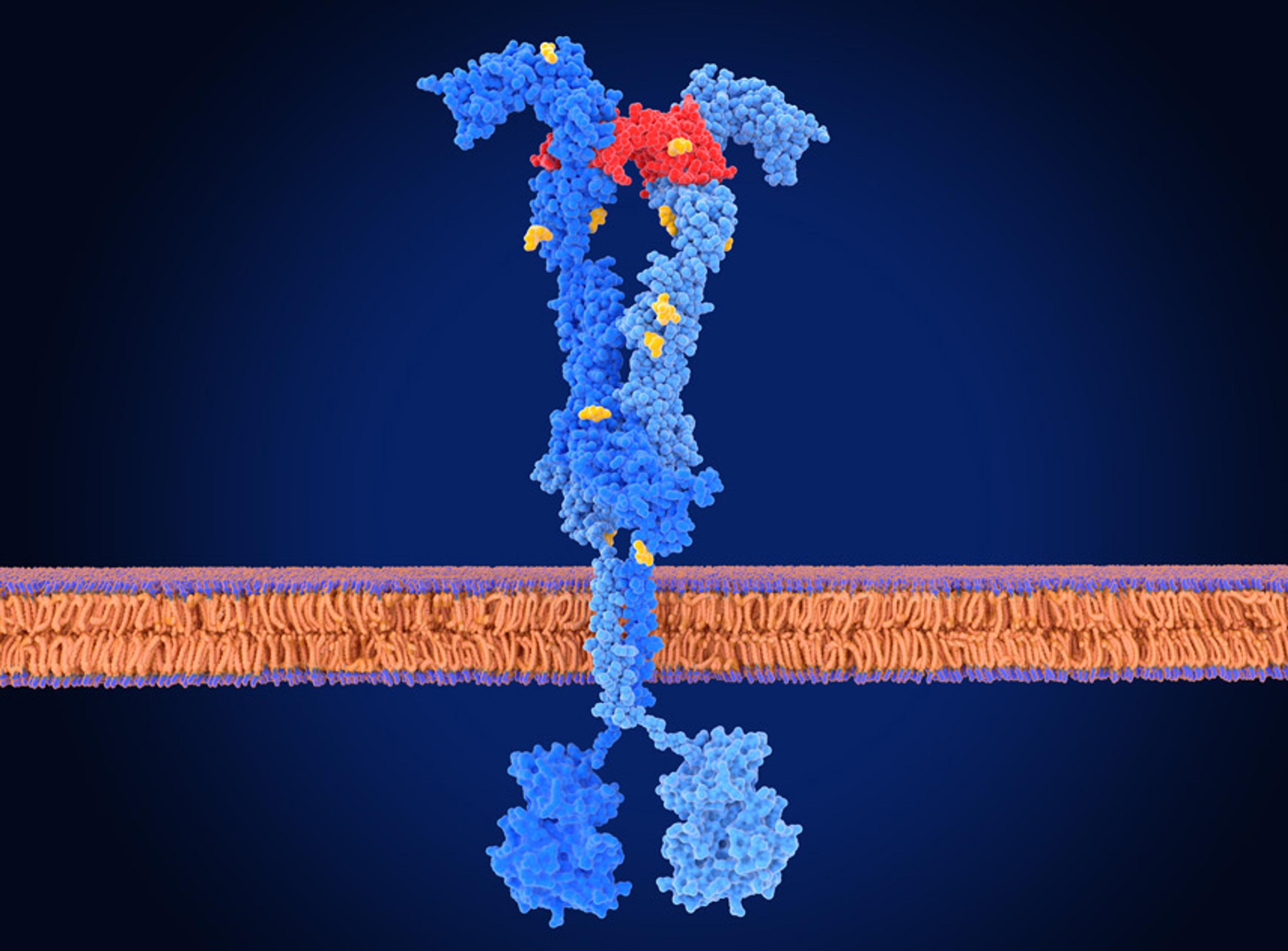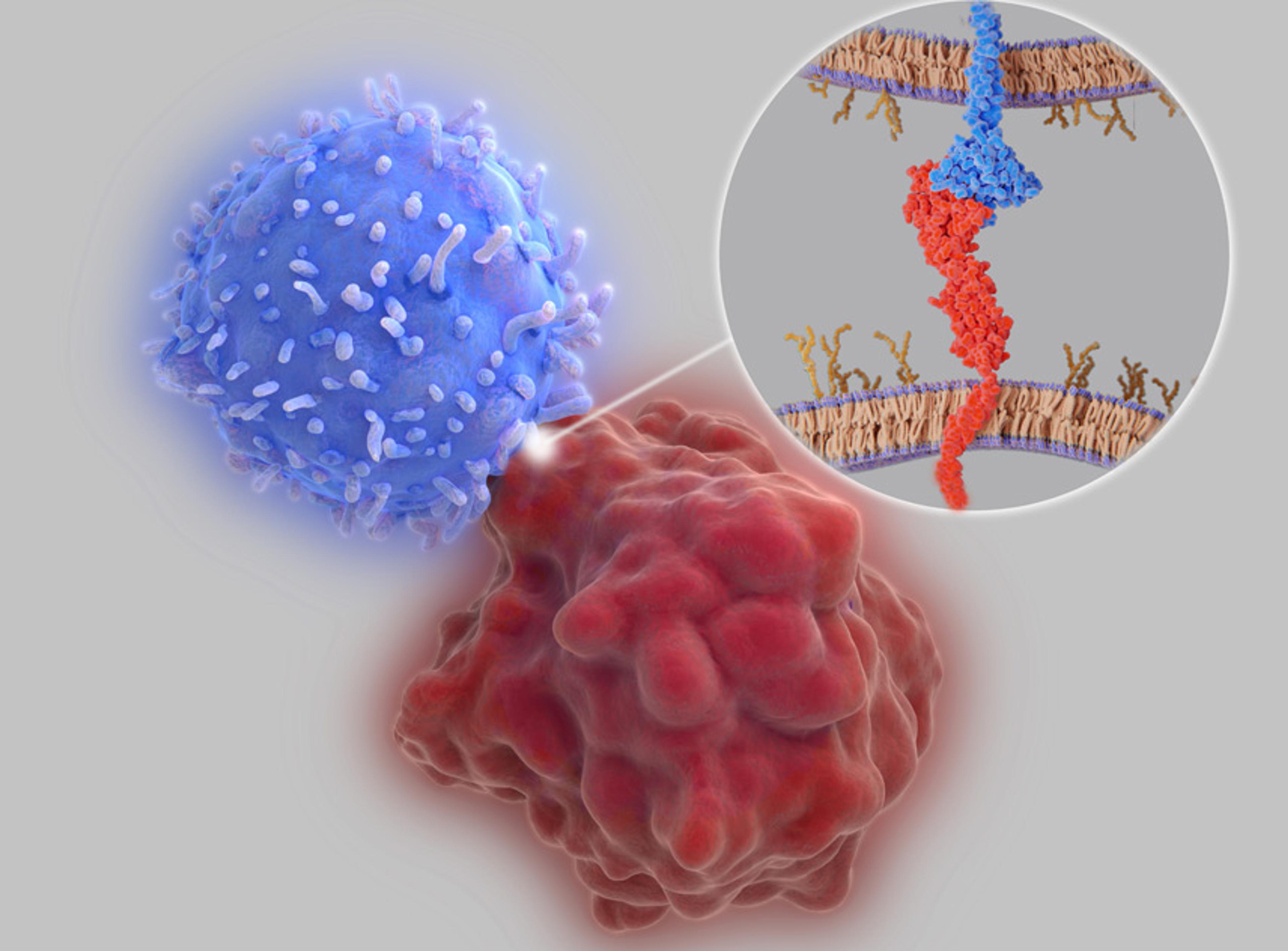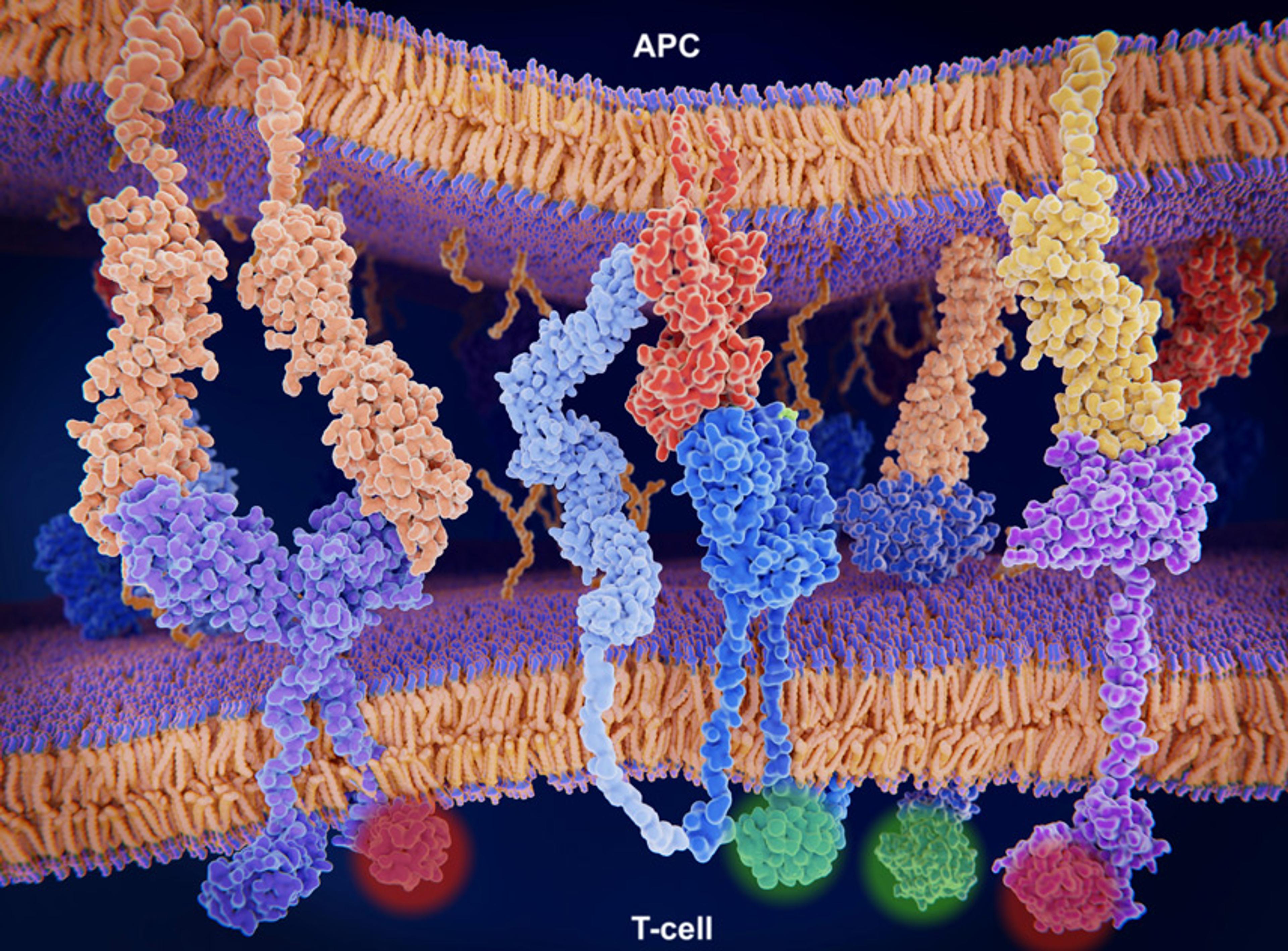Prolactin ELISA
High Quality Assays with Reproducible and Reliable Results

The supplier does not provide quotations for this product through SelectScience. You can search for similar products in our Product Directory.
An enzyme immunoassay for the quantitative determination of prolactin concentration in serum. Human prolactin (lactogenic hormone) is secreted from the anterior pituitary gland in both men and woman. Human prolactin is a single chain polypeptide hormone with a molecular weight of approximately 23,000 daltons. The release and synthesis of prolactin is under neuroendocrinal control, primarily through Prolactin Releasing Factor andProlactin Inhibiting Factor. Women normally have slightly higher basal prolactiin levels than men; apparently, there is an estrogen-related rise at puberty and a corresponding decrease at menopause. The primary functions of prolactin are to initiate breast development and to maintain lactation. Prolactin also suppresses gonadal function. During pregnancy, prolactin levels increase progressively to between 10 to 20 times normal values, declining to non-pregnant levels by 3-4 weeks post-partum. Breast-feeding mothers maintain high levels of prolactin, and it may take several months for serum concentrations to return to non-pregnant levels. The determination of prolactin concentration ishelpful in diagnosing hypothalamic-pituitary disorders. Microadenomas (small pituitary tumors) may cause hyperprolactinemia, which is sometimes associated with maleimpotence. High prolactin levels are commonly associated with galactorrhea and amenorrhea. Prolactin concentrations have been shown to be increased by estrogen, thyrotropin-releasing hormone (TRH), and several drugs affecting dopaminergic mechanism. Prolactin levels are elevated in renal disease and hypothyroidism, and in some situations of stress, excercise, and hypoglycemia. Additionally, the release of prolactin is episodic and demonstrates diurnal variation. Mildly elevated prolactin concentrations should be evaluated taking these considerations into account. Prolactin concentrations may also be increased by drugs such as chloropromazine and reserpine, and may be lowered by bromocyptine and L-dopa.The Prolactin Quantitative Test is based on a solid phase enzyme-linked immunosorbent assay (ELISA). The assay system utilizes a mouse monoclonal anti-prolactin antibody for solid phase (microtiter wells) immobilization and another mouse monoclonal anti-prolactin antibody in the antibody-enzyme (horseradish peroxidase) conjugate solution. The test sample is allowed to react simultaneously with the antibodies, resulting in the prolactin molecules being sandwiched between the solid phase and enzyme-linked antibodies. After a 45-minute incubation at room temperature, the wells are washed with water to remove unbound-labeled antibodies. A solution of TMB Reagent is added and incubated at room temperature for 20 minutes, resulting in the development of a blue color. The color development is stopped with the addition of Stop Solution, and the color is changed to yellow and measured spectrophotometrically at 450 nm. The concentration of prolactin is directly proportional to the color intensity of the test sample.




